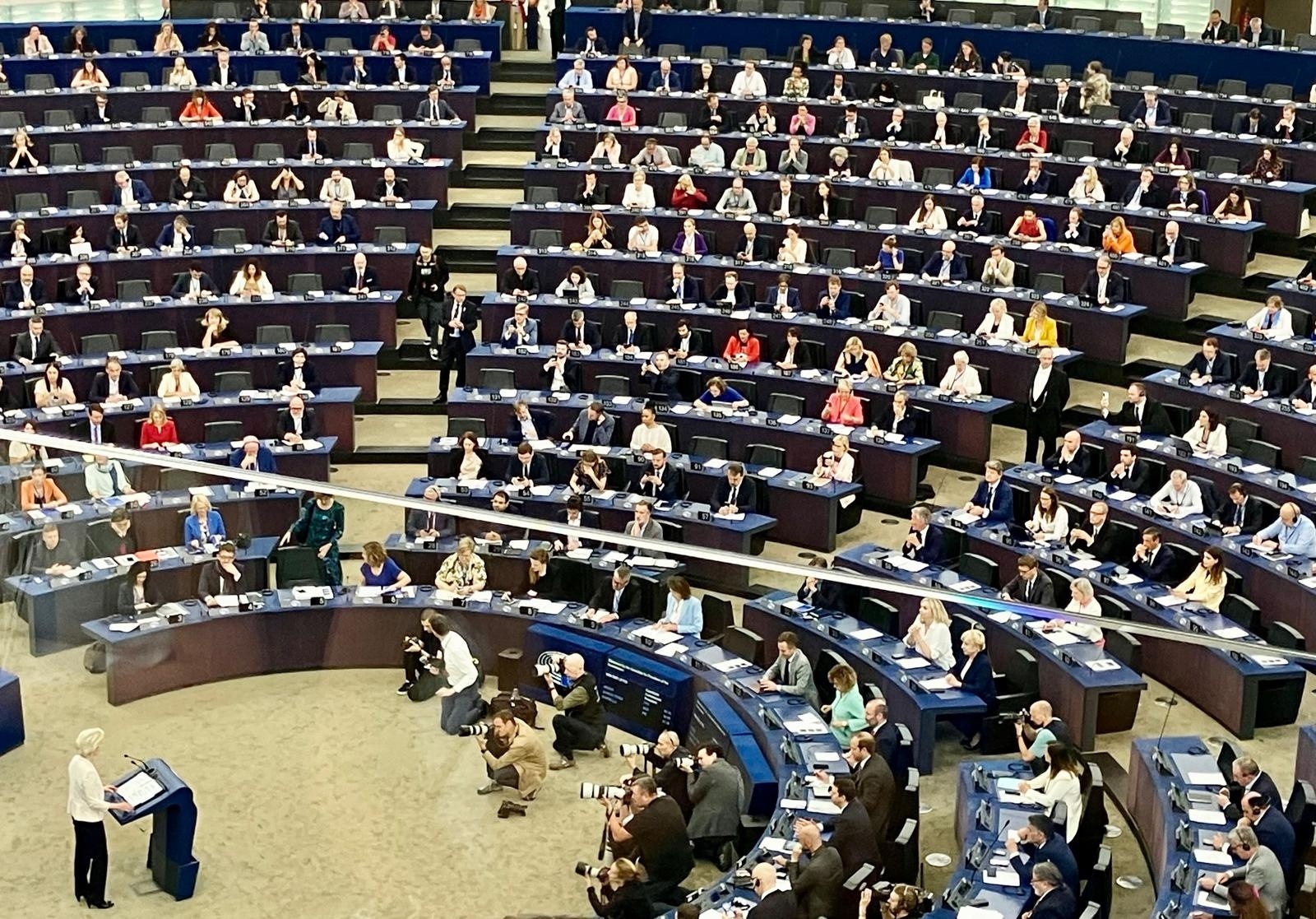Europe considers investment-based crowdfunding regulation
by Inline Policy on 16 Jan 2015
Crowdfunding is now considered a legitimate alternative form of finance for businesses across Europe. The sector continues to grow and shows no signs of slowing down. Investment-based (or equity) crowdfunding is no exception – according to a recent report by NESTA, this form of crowdfunding grew by 201 per cent in 2014.
This article will look specifically at regulatory developments and what may be in store for this new form of finance. To clarify, investment-based crowdfunding involves investors financing a project in exchange for the investor receiving equity in the company. This is as opposed to rewards-based crowdfunding, which rewards donations with tangible products or rewards, and lending-based crowdfunding, which allows borrowers to lend credit from multiple lenders at a set rate.
What does 2015 have in store for crowdfunding?
In 2014 there were significant developments in the regulatory space and much lauding of this form of alternative finance, particularly in the UK. For example, UK Chancellor George Osborne vowed to promote the sector and announced a new trade body with alternative finance within its remit.
Since April 2014, investment-based crowdfunding in the UK has been overseen by the Financial Conduct Authority (FCA). From the start, the FCA outlined the criteria for sophisticated investors to partake in investment-based crowdfunding projects. In this regard, regulation in the UK has been relatively stable for the best part of a year.
However, there remains outstanding issues to be implemented. The introduction of ISAs within the remit of crowdfunding led the Government to hold a consultation on the issue at the end of last year. The outcome of this consultation remains unclear. A new provision for providing loss tax relief is also due to come into effect from 6th April 2015.
Another outstanding issue, which the crowdfunding community would like to see clarified, is the restriction on promoting and advertising projects. Crowdfunding platforms must at present ensure that their advertising is clear, fair and not misleading. These guidelines cover all public pronouncements of the platform or projects on the platform, including those voiced over social media. As well as this, advertising projects must be strictly directed toward vetted and certificated sophisticated investors.
Next stop, Brussels
As we have often seen in financial regulation, the rules and guidelines firms must adhere to do not stop at a national level. The European Union has over the last few years kept a watchful eye on the proliferation of crowdfunding. Following a consultation initiated by the European Commission at the end of 2013, the institution settled on monitoring crowdfunding through the establishment of a working group. It also called on EU institutions to give thoughts on the matter and contribute to the discussion.
The most significant development regarding investment-based crowdfunding has been the contribution from the European Securities and Markets Authority (ESMA) - an independent EU Authority that contributes to safeguarding the stability of the European Union’s financial system and oversees national regulatory bodies across Europe.
In December 2014, ESMA published a paper on the current role and risks of investment-based crowdfunding in Europe. It found that the structure of investment-based crowdfunding incentivises companies to remain outside of regulation which, in turn, discourages investors. They concluded that it was in the best interests of platforms to embrace regulation.
ESMA adds its voice to the discussion
The direction in which ESMA would like to see the crowdfunding sector develop is clear from the opinion paper. Critical to this is:
- greater adherence to financial regulation;
- clamping down against rogue crowdfunding firms;
- and a standardisation of the rules that companies must adhere to.
The paper consists of a two-part publication; firstly, advising the national competent authorities; and secondly, outlining some concrete recommendations for EU institutions to investigation and potential apply in the future.
ESMA found that there was uncertainty as to which the Markets in Financial Instruments Directive (MiFID) services/activities platforms were typically carrying out, and hence which capital requirements applied. Many platforms seem to be structuring business models so as to avoid MiFID requirements. The paper also found that where platforms are operating outside of MiFID, there are significant risks to investors which are not currently addressed at EU level.
Another directive highlighted in the report is the EU Prospective Directive. ESMA advises that the impact of the EU Prospectus Directive (the only directive which directly applies to crowdfunding at an EU level) thresholds on crowdfunding should be considered in the wider Prospectus Directive review. The Prospectus Directive review is due to take place this year and any inclusion of crowdfunding will be crucial to how the EU approaches the risks and benefits of the practice.
ESMA concludes that the key components of an appropriate regulatory regime for crowdfunding activities are likely to include:
- Proportionate capital requirements or similar mechanisms for safeguarding operational continuity. These requirements could be relatively low where platforms are not holding client assets;
- A mechanism to ensure that the investment opportunities reach investors for whom they are likely to be appropriate, given the particular characteristics of securities which are not readily realisable;
- A means of ensuring that those investors who do invest are aware of the risks before doing so;
- A means of ensuring appropriate safeguarding/segregation of the client assets (NB, this does not imply protecting investors against investment risk, but rather ensuring that client assets can be distinguished from those of the platform in case of insolvency);
- Proportionate regulation of the platform’s organisational arrangements and conduct of business, in particular in relation to conflicts of interest and continuity of services where relevant;
- Certainty and clarity about the nature and extent of the platform’s responsibilities towards clients.
Collective Investment Schemes
A Collective Investment Scheme (CIS) is when the profit share being offered to investors is professionally managed by an intermediary platform. This form of investment has become an increasingly successful method of crowdfunding. Operating a CIS is regulated and must, therefore, be conducted by an FCA authorised firm.
ESMA has also alluded to the increased popularity of the use of CIS in crowdfunding. It believes that the practice could become more widespread and highlights the relevant directives that could become more pertinent to crowdfunding platforms due to this growth - Alternative Directive Fund Managers Directive (AIFMD), European Venture Capital (EuVECA) and European Social Fund Entrepreneurship Fund (EuSEF). In particular, the details of the AIFMD will become ever more important for platforms managing investments in various crowdfunding projects.
Continued engagement
It is expected that the EU Commission will study the ESMA opinion paper and report back with its thoughts on how to proceed, if at all, with regulating investment-based crowdfunding in the near future.
Crowdfunding has clearly evolved rapidly over the last few years and further regulation is still to be implemented. All of these developments mean 2015 will be an important year for investment-based crowdfunding.
Topics: European Politics, Crowdfunding, Financial Services Regulation, Fintech







Comments